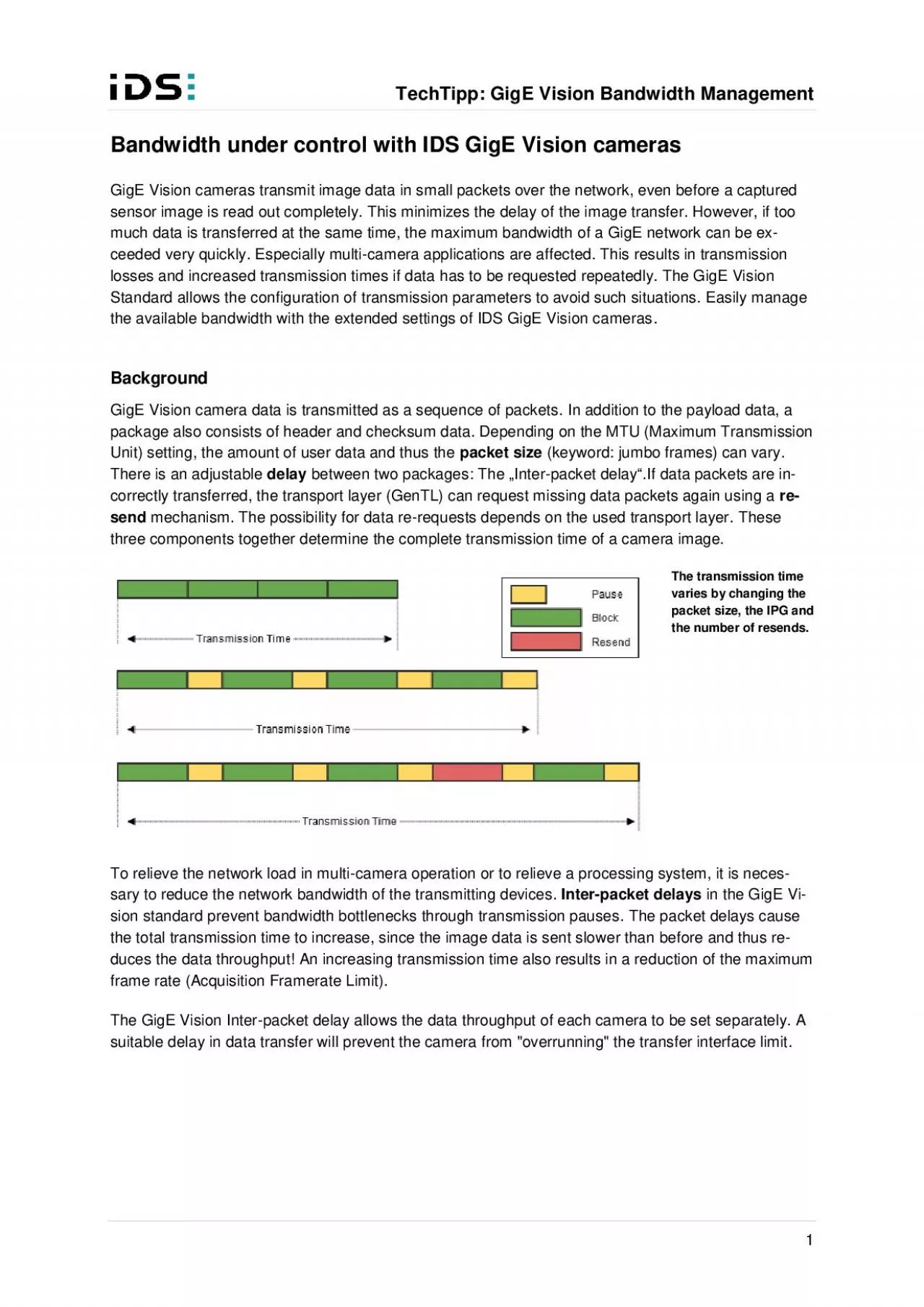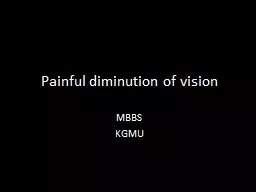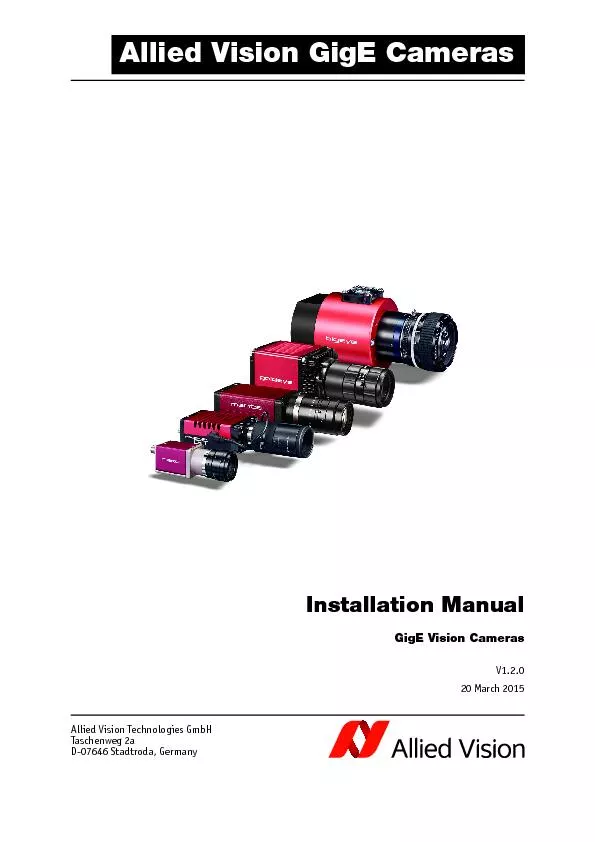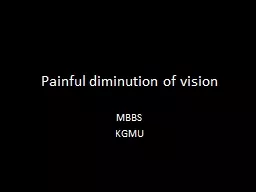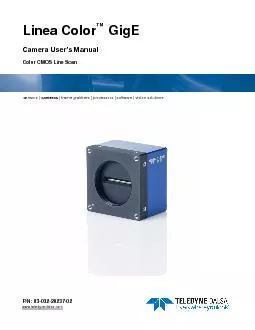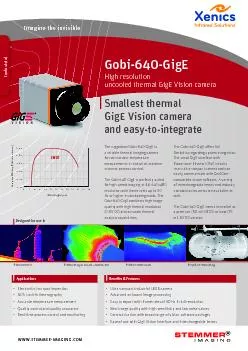PDF-GigE Vision
Author : leah | Published Date : 2021-06-05
TechTipp Band width Management 1 Bandwidth under control with IDS GigE Vision cameras GigE Vision cameras transmit image data in small packets over the network even
Presentation Embed Code
Download Presentation
Download Presentation The PPT/PDF document "GigE Vision" is the property of its rightful owner. Permission is granted to download and print the materials on this website for personal, non-commercial use only, and to display it on your personal computer provided you do not modify the materials and that you retain all copyright notices contained in the materials. By downloading content from our website, you accept the terms of this agreement.
GigE Vision: Transcript
Download Rules Of Document
"GigE Vision"The content belongs to its owner. You may download and print it for personal use, without modification, and keep all copyright notices. By downloading, you agree to these terms.
Related Documents

